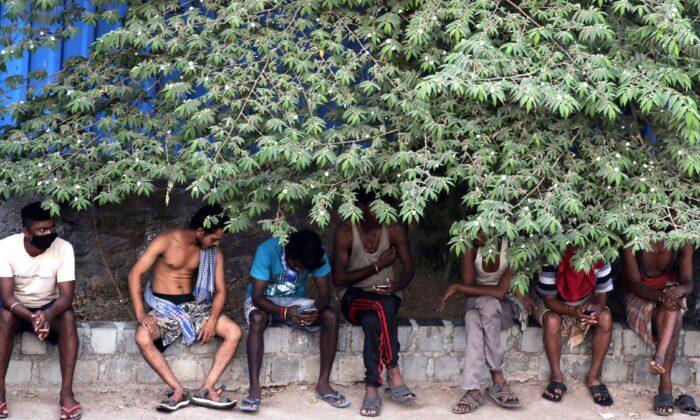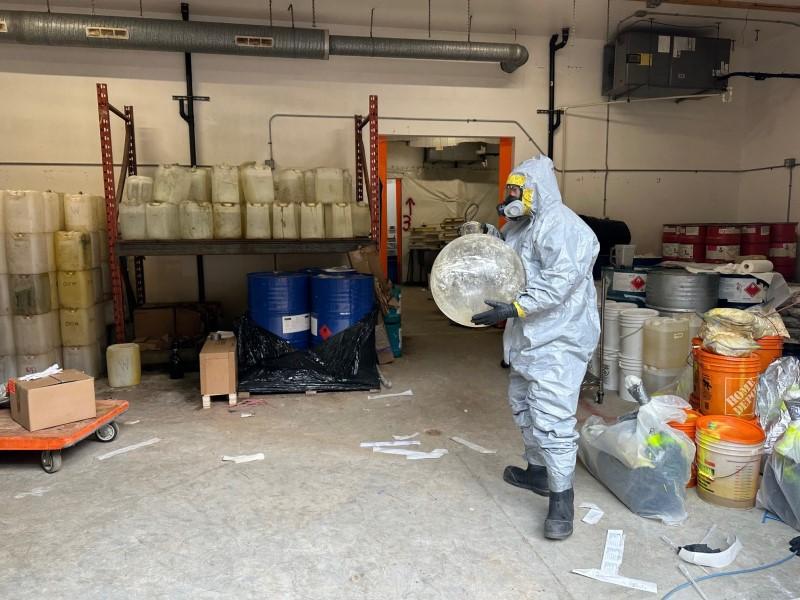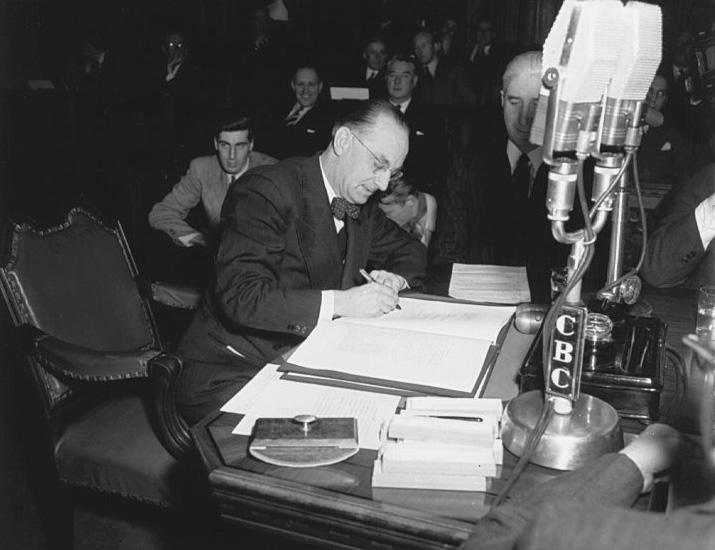As we stumble through the Great Pandemic of 2020 it has become clear that every citizen on this planet is an unwilling participant in what is surely the biggest experiment in human history. Simply put, roughly half of us are social distancing with our economies in “lockdown,” and half of us are not. In some cases this is because of official government policy. In the half of the world that is not doing so it is because social distancing and economy lockdown are luxuries that they cannot afford.
The social distancing and lockdown model is based on the theory that slowing the transmission of the virus is essential to prevent hospitals from being overwhelmed by a sudden surge in admissions, so-called “flattening the curve.” The model does not take issue with the accepted wisdom that this brand new virus will, until a vaccine is found, eventually have to pass through the entire population. The estimates are that 40-80 percent of any population will probably become infected during this current wave of the pandemic.
Examples of social distancing lockdown nations are most of Europe and North America, where economies have been virtually shut down and people told to stay at home and social distance while governments send them checks. The governments doing so will basically be printing money to keep those checks coming if the lockdowns last longer than a few weeks.
But even in United States, some states are taking the social distancing requirements more seriously than other states. And in Europe, one country is bucking this trend altogether. Sweden is the most notable “odd man out” where the economy is still going strong and distancing requirements are largely voluntary. The idea there is that Swedes must develop “herd immunity” by letting the virus progress through the population before life can return completely to normal. (Holland and Britain started down that road but lost their nerve and reversed course when infection numbers began to rise.)
Meanwhile, some eastern nations such as Taiwan, South Korea, Japan, and Singapore appear to have found ways of practising social distancing while keeping their economies going. Strict quarantining of infected people, stringent screening at airports, and enforcing the wearing of face masks all seem to be components of their successful strategies. (All of those countries also have uniformly cooperative populations that are simply not found in the more individualistic West).
Taiwan’s success in battling the disease is due in large part to the fact that the virus arrived early in their island nation—and they simply didn’t trust the information put out by the Chinese Communist Party, which for at least five weeks after the outbreak in Wuhan insisted that the problem was minimal. So Taiwan sent health officials to Wuhan to do their own research. They quickly realized that the threat was very real and immediately took appropriate steps to prevent the virus from infecting their nation on a large scale.
Be that as it may, the point is that the world’s wealthier nations can choose whether to use the “social distance lockdown” model, or simply sit back and let “herd mentality” occur naturally.
But for at least half of the world’s population there is no choice. In those poor countries, social distancing is an option for only the better off. In India, for instance, social distancing has become the law, but millions of poor people cannot possibly practice it. Advice to “stay home” simply doesn’t work for those who survive each day by the sweat of their brow and might not even have a home to go to. The poor who do have homes live in crowded quarters with family members who also have no choice but to leave their homes each day to earn their daily bread. They can’t depend upon relief cheques from the government, because those options are only available in wealthy countries. India, Africa, and much of Asia simply can’t afford to pay people to stay at home.
Or try telling people huddled in a refugee camp—or in Idlib trying to survive as Russian bombs fall around them—that they should stay six feet apart from one another. It is perfectly useless advice. So probably half of the world’s population couldn’t practice social distancing and staying at home even if they wanted to. And “flattening the curve” does not mean much when health care systems are primitive and health care itself wretched even in the best of times.
Simply put, for half the world’s population social distancing and staying at home are unaffordable luxuries. They are stuck with “herd mentality.”
The result of all of this is that we will soon know whether the social distance lockdown approach currently being practised by most of the western democracies is the right approach.
We already know that it is an incredibly expensive approach. Western governments are racking up huge deficits to pay for all the relief programs that they are implementing by the day. At a certain point they will all just be printing money—an unsustainable policy. We don’t even know what the final economic and social tally will be when we emerge from lockdown. It will be ugly.
But all of those giveaway programs are based on the idea that spending all that borrowed money will “flatten the curve”—that is, it will stop our hospitals from being overwhelmed by a huge surge of patients arriving all at once. To achieve that “flattening,” it is argued, we must not only stay six feet apart from one another, but shut down all non-essential services, empty out our schools, and pay people for staying home.
And indeed, if the hospitals in countries like Sweden, Brazil, and the half of the world’s population unable able to follow the “curve flattening” advice are overwhelmed, it will be strong proof that the radical steps we have taken were the right ones. After all, the advice the wealthy social distancing countries acted upon predicts death on a huge scale if the lockdown strategy is not accepted. If that advice turns out to be sound there will be death on a horrific scale in the countries that didn’t—or couldn’t—accept the advice.
So we are all unwilling participants in this ghastly experiment. Every one of us is a specimen in the giant Petri dish that is now the world. And we will soon see the results.
If the death numbers are as bad as the lockdown advocates fear, we have made a wise choice by shutting down our economies despite the incredibly high monetary and social price succeeding generations will have to pay for that decision. If, on the other hand, the nations like Sweden that chose not to shut down their economies—or the poor half that couldn’t—come through the other side with death rates similar to ours, we have made a mistake of epic proportions. And we will ask questions, such as: “In a world where millions die each year, have we massively overreacted to the relatively tiny number of dead, most of whom were already at the last stage of their lives?” Or the question asked by a doctor, who wished to remain anonymous: “Have we mortgaged our children’s future for some false promise of immortality?”
We might soon be asking those questions, but right now we are forced to be guinea pigs in an epic experiment. Soon we will have the results.
But if we did massively overreact we will want to examine the thinking that lead to the lockdown strategy, and especially the thinking of those who were adamant that restrictions not be lifted even after the numbers began clearly going down. Did people with an agenda take advantage of the situation? The infamous quote by Rahm Emanuel when he was Barack Obama’s chief of staff comes to mind: “Never allow a good crisis go to waste.” That is, implement your agenda when you get the chance.
Could such a strategy at least partly explain the dirigiste approach that may have appealed to Europe’s leaders, but did not come naturally to a doubtful President Trump? And does it also explain the strange insistence of many politicians, academics, and others—all of whom are paid as they sit at home—that these draconian policies stay in place indefinitely, as small businesses go under and working people worry about their next rent-due date? Could some of these advocates of continuing the lockdown indefinitely be the same people who use the crisis to try to regulate the oil and gas industry out of existence, and implement other planks of their progressive agenda?
We shall soon find out. Or, put another way, we will find out if the cure has indeed been worse than the disease.





